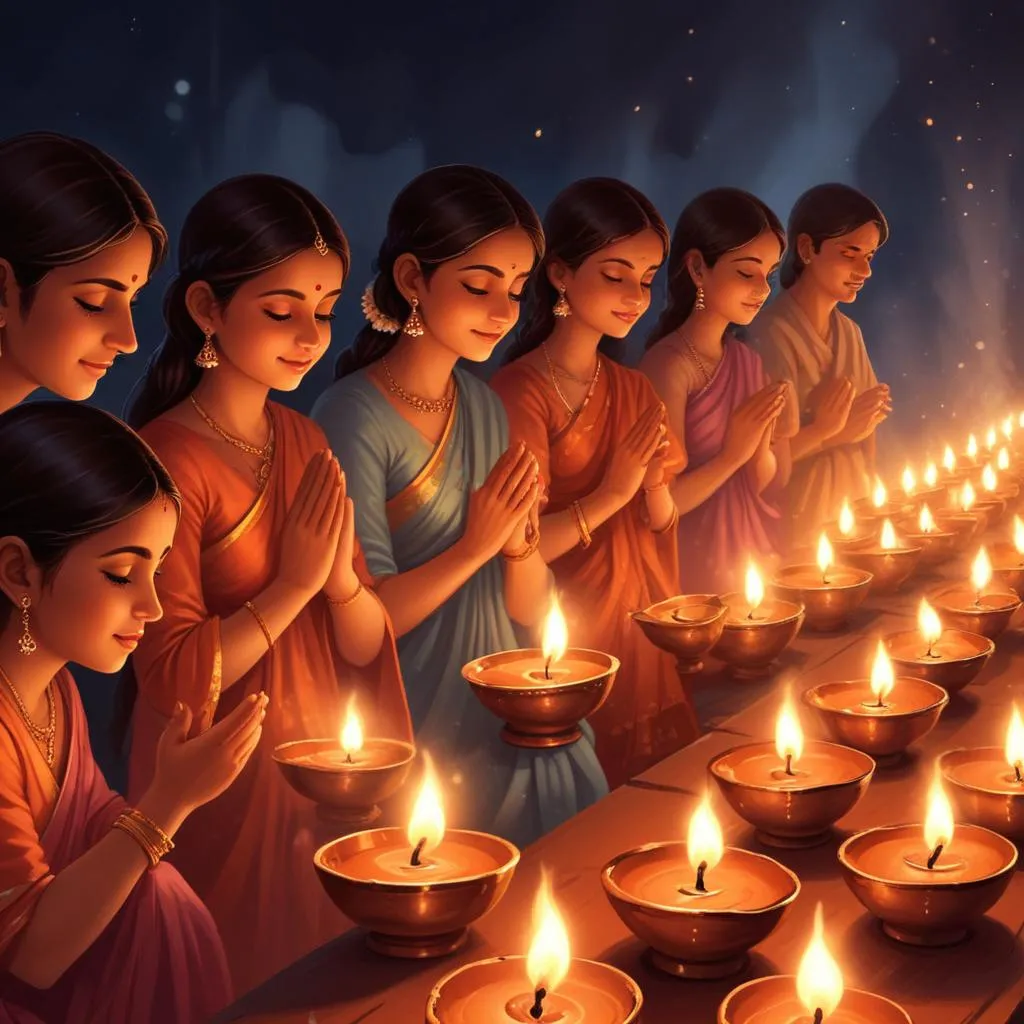
Hanuman Jayanti is one of the most significant festivals in the Hindu calendar, marking the birth of Lord Hanuman, the epitome of devotion, strength, and selfless service. Celebrated with great fervor across India and beyond, this day is not just a ritualistic observance but a profound spiritual occasion that invites introspection and personal growth.
While the festivities include prayers, chanting, and community gatherings, the true essence of Hanuman Jayanti lies in understanding the symbolic meaning of Hanuman's life and virtues. It is a day to reconnect with the divine qualities that reside within each of us.
Who is Hanuman? The Symbolism of the Divine Vanara
In the great epic Ramayana, Hanuman is depicted as a vanara (a being with monkey-like features), but his character represents far more than his physical form. He is a symbol of bhakti (devotion), bravery, and wisdom.
- Anjaneya (Son of Anjana): His name signifies his origin and reminds us of our own potential to rise above our perceived limitations.
- Vayuputra (Son of the Wind God): This represents the life force (prana) within us—the energy that fuels our actions and thoughts.
- Rama Bhakta (Devotee of Rama): Hanuman's unwavering devotion to Lord Rama symbolizes the soul's yearning for union with the supreme consciousness.
The Deeper Meaning of Hanuman Jayanti Celebrations

The rituals performed on Hanuman Jayanti are rich with spiritual symbolism. Waking up before sunrise, taking a ritual bath, and visiting temples are acts of purification—both external and internal. They represent the cleansing of the mind and heart to make space for divine virtues.
Chanting the Hanuman Chalisa
The recitation of the Hanuman Chalisa, a 40-verse hymn, is central to the celebration. Each verse is believed to invoke Hanuman's grace, helping devotees overcome obstacles (both worldly and spiritual) and cultivate inner strength. The rhythmic chanting is a form of meditation that calms the mind and focuses intention.
Applying Sindoor
The tradition of offering sindoor (vermilion) to Hanuman symbolizes the offering of one's ego and desires. It represents the fiery energy of devotion and the willingness to surrender the self in service of a higher purpose.
Timeless Lessons from Hanuman's Life for the Modern Seeker
The stories of Hanuman are not mere mythology; they are allegories for the human spiritual journey. Here are key lessons that remain profoundly relevant today:
- Selfless Service (Nishkama Karma): Hanuman's every action was for the benefit of Lord Rama, without any expectation of reward. This teaches us the power of performing our duties with dedication, free from attachment to the results.
- Strength with Humility: Despite his immense power, Hanuman was the epitome of humility. He reminds us that true strength lies in modesty and using our abilities for the greater good.
- Unwavering Focus and Devotion: Hanuman's single-minded focus on his mission to find Sita and serve Rama symbolizes the focused mind of a yogi, undistracted by worldly temptations.
- Overcoming the Ego: The story of Hanuman forgetting his powers until reminded of them represents the human condition where we forget our own inner divinity due to the veil of ego (ahamkara).
A Day for Inner Transformation

Ultimately, Hanuman Jayanti is an invitation for personal transformation. It is a day to reflect on the "Hanuman within"—the latent potential for courage, devotion, and selfless action that exists in every individual.
By embracing the spirit of this festival, we can strive to dissolve the obstacles of fear, doubt, and ego, and move forward on our life's path with greater clarity, purpose, and inner strength. It is a celebration of the victory of devotion over despair and faith over fear.